Introduction
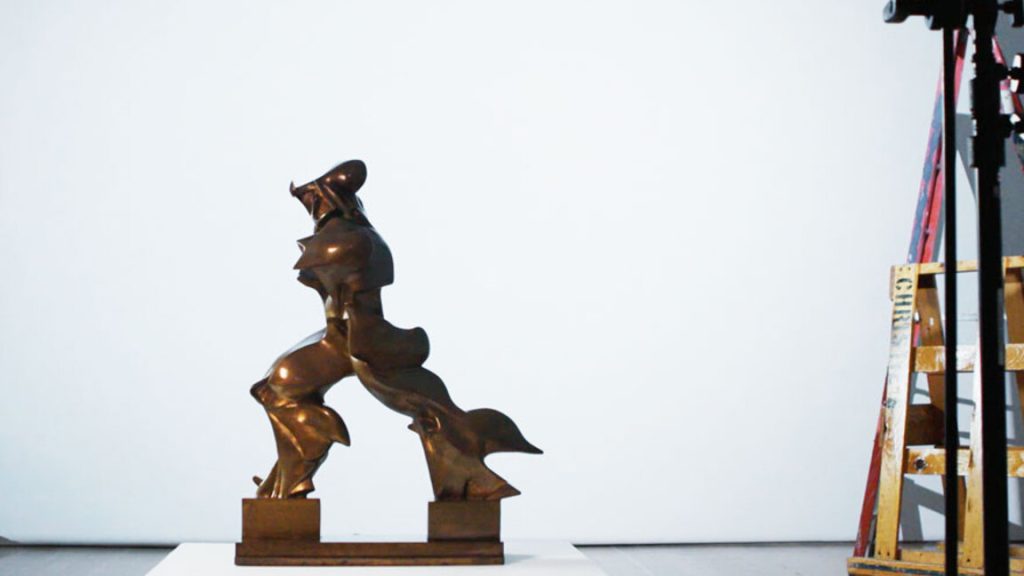
Umberto Boccioni’s “Unique Forms of Continuity in Space” is one of the representative works of the Italian Futurism art movement and a masterpiece in the history of 20th century sculpture. This article will provide an in-depth introduction to the origin, historical background, artistic characteristics, and its impact on the Futurism movement and modern sculpture.
The Background of the Futurism Movement
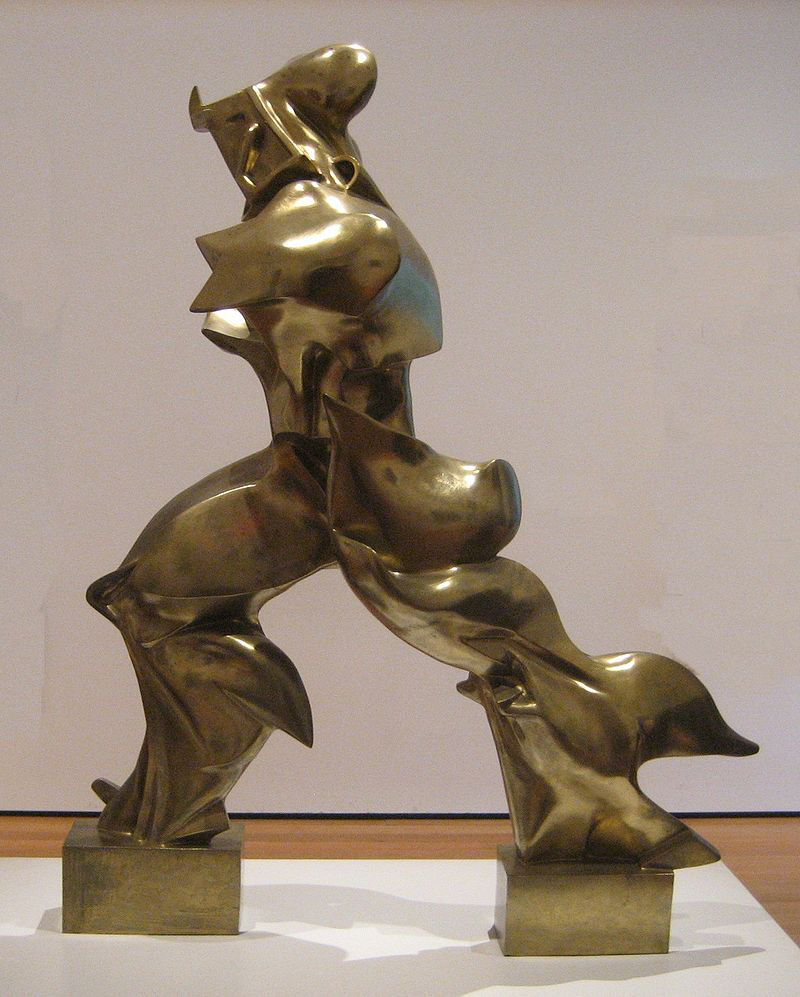
The Radical Origins of Italian Futurism
Italian Futurism is a radical art and cultural movement that emerged in the early 20th century, with representatives attempting to subvert tradition, embrace modernity, and emphasize speed, technology, and a sense of future. The artists of this movement are passionate about expressing movement, power, and mechanization to reflect the new realities of the industrial era.
Boccioni and Futurism
Uberto Boccini is one of the outstanding representatives of the Italian Futurism movement, and he is one of the core members of this movement. Boccioni’s works emphasize motion and space, combining abstract artistic expression with the real world. His sculpture work “The Unique Form of Time and Space” is one of the pinnacles of the Futurism movement.
The Appearance of Sculpture
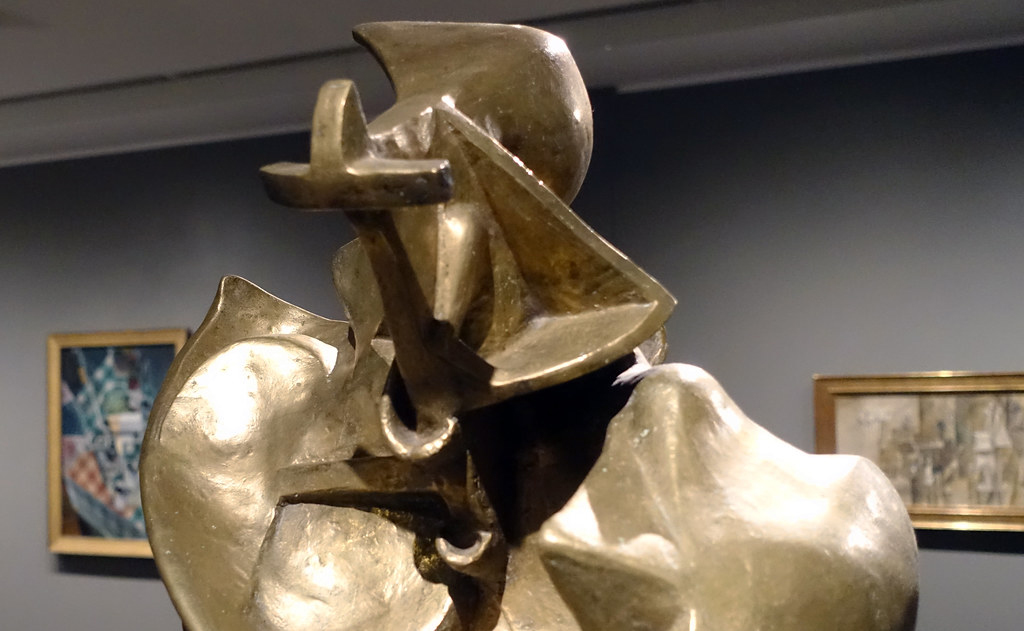
Dynamic and continuous
The core feature of “The Unique Forms of Continuity in Space” is its strong sense of motion and continuity. This sculpture depicts an image of a moving figure, whose body seems to be propelled by power and speed, presenting an unprecedented sense of dynamism. Boccioni combines this sense of dynamism with continuity, allowing the audience to experience a smooth spatial experience.
Revolutionary form
The form of this sculpture is revolutionary. Boccioni abandoned the precise portrayal of character images in traditional sculpture and instead chose an abstract and geometric form, emphasizing the power and speed of the characters. The body of the character seems to have transformed into flowing lines and curves, without clear contours, which reflects the pursuit of dynamism and mechanization in futurism.
Materials and textures
This sculpture was originally made of plaster, but was later cast in bronze in 1931 after Boccioni’s death (during World War I). Bronze gives sculpture a smooth and sturdy texture, emphasizing its modernity and durability. The audience can see the texture and details of the sculpture surface, which make it more vivid and eye-catching.
The impact on art
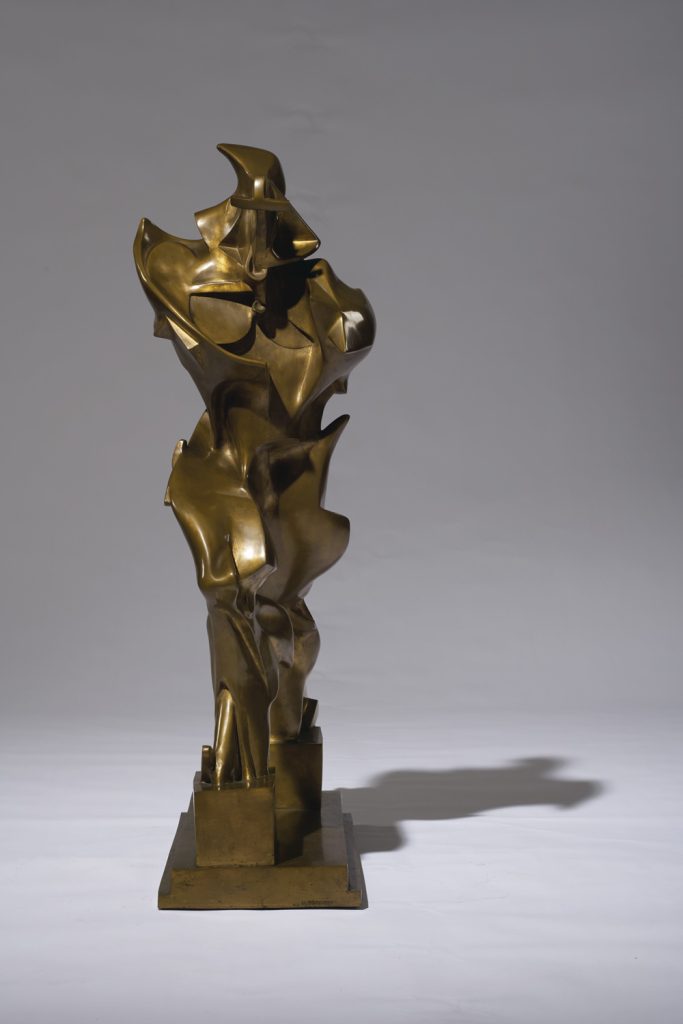
A symbol of futurism
Unique Forms of Continuity in Space is one of the symbols of Italian Futurism, representing the core concept of the movement. Futurism emphasizes speed, power, and technology, all of which are reflected in this sculpture. Boccioni’s works have inspired artists to explore new materials, forms, and ideas.
Avant-garde sculpture
This sculpture is avant-garde in the field of sculpture. Boccioni’s innovative form and pursuit of abstraction have opened up a new path for modern sculpture. His works challenged traditional artistic concepts and encouraged later artists to experiment and innovate.
The importance of continuity
Boccioni’s “Unique Forms of Continuity in Space” emphasizes the importance of continuity, incorporating motion and fluidity into art. This concept had a profound impact on the development of 20th century art, especially in abstract expressionism and modernism.
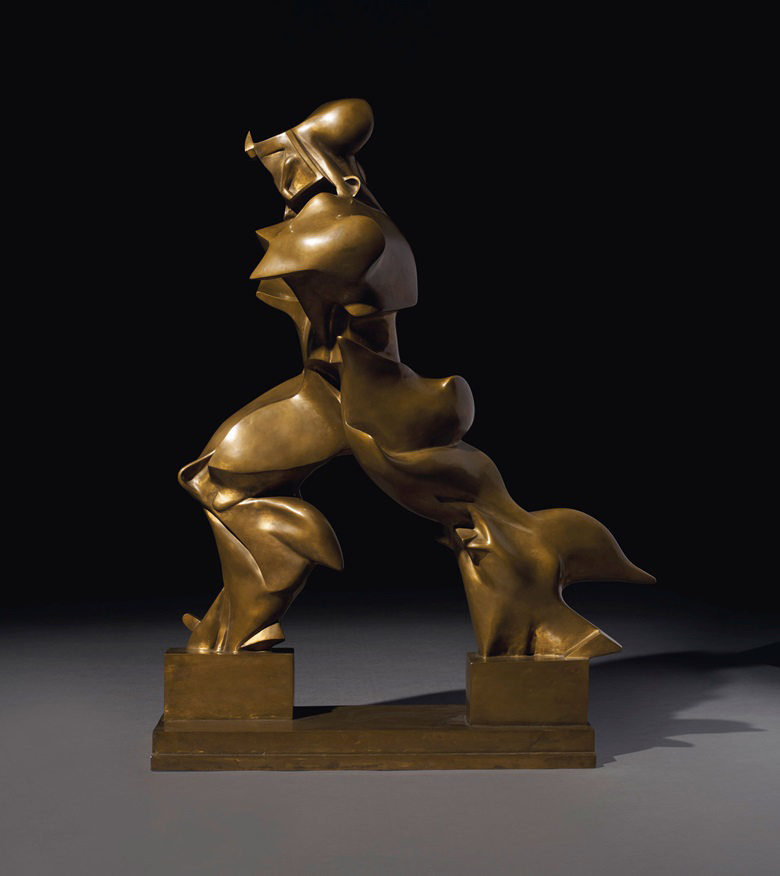
Epilogue
The Unique Forms of Continuity in Space is a masterpiece by Uberto Boccini, representing the core concepts and innovation of the Italian Futurism movement. This sculpture is renowned for its strong dynamism, abstract form, and emphasis on continuity, becoming one of the milestones of modern sculpture. It inspires artists to pursue new ideas and forms, continuously influencing the development and innovation of the art community.

